Saudi Aramco has increased its official selling prices for crude oil destined for Asia in June. The hike ends Aramco’s two-month streak of price cuts.
The price hike comes amid falling oil prices after OPEC+ agreed to boost output for a second consecutive month. OPEC+ members, on May 5, agreed to increase production by 411,000 barrels per day in June.
The amount is nearly triple the initial volume of 135,000 barrels announced for May. Thus, the price increase signals a sharp reversal from OPEC+ efforts to defend oil prices.
OPEC+ producers; Saudi Arabia, Russia, Iraq, UAE, Kuwait, Kazakhstan, Algeria, and Oman; plan to meet on June 1 to agree on July’s production levels.
Saudi Aramco raised the price of its benchmark Arab Light crude by $0.20, setting it at $1.40 per barrel above the average of Oman and Dubai crude prices. This is the benchmark on which Middle Eastern producers price their crude loading for Asian markets.
However, Aramco cut OSP for grades it sells to other regions. The price of Arab light to the US was lowered by $0.20 to $3.40 a barrel over the Argus Sour Crude Index. At the same time, Northwest Europe’s price was $1.45 per barrel above ICE Brent.
Read: Nigerian Crude Dips Below $65 Per Barrel As OPEC+ Raise Output
Key Saudi Aramco’s Price Increase
The company’s monthly pricing decisions impact the cost of around 9 million barrels per day of crude exported to Asia. They also serve as a pricing benchmark for other prominent regional producers, including Iran, Kuwait, and Iraq.
According to a survey of refiners and traders, Saudi Aramco had been expected to raise that price by 30 cents a barrel.
The price adjustment comes despite a continuous decline in global oil markets due to oversupply concerns and a fragile demand outlook.
Higher OPEC+ output and the US-China trade war have contributed to a nearly 20% slump in benchmark oil prices this year.
OPEC+ representatives have attributed the supply surge to Saudi frustration with overproduction by some members. The hike is seen as Saudi Arabia’s attempt to punish Iraq and Kazakhstan for surpassing their OPEC+ oil production quotas.
Still, low oil prices will increase pressure on Saudi Crown Prince Mohammed Bin Salman’s signature Vision 2030 plan to modernise the Kingdom’s economy. The country’s sovereign wealth fund, PIF, needs prices above $100 a barrel to finance Saudi Arabia’s industrial development.
| Arab Crude OSP for June 2025 ($/barrel) |
| Region |
Super Light |
Extra Light |
Light |
Medium |
Heavy |
| North America |
— |
+5.65 |
+3.40 |
+3.50 |
+3.05 |
| Western Europe |
— |
+3.05 |
+1.45 |
+0.65 |
-1.75 |
| East Asia |
+1.95 |
+1.20 |
+1.40 |
+0.85 |
-0.30 |
| Europe (Mediterranean) |
— |
+2.95 |
+1.25 |
+0.65 |
-2.05 |
Source: Argaam
Why Saudi Aramco Hiked Prices
The apparent paradox between Saudi Aramco’s price hike to Asia and OPEC+’s supply increases can be explained by two factors
While global oversupply concerns loom, Asian demand remains resilient, driven by China’s and India’s industrial growth. India’s oil imports hit a record 5.8 million barrels per day in April. On the other hand, China’s crude oil imports in March 2025 hit roughly 12.1 million barrels per day, the highest level since August 2023.
As summer approaches, Asia’s refiners normally ramp up production to meet higher jet fuel and gasoline consumption for travel and industrial activities, respectively.
Saudi Arabia’s OSP are set relative to regional benchmarks, not global supply decisions. Thus, the June hike reflects Aramco’s need to capitalize on Asia’s strong refining margins rather than OPEC+’s strategy.
Asian Markets’ Possible Reaction to Saudi Aramco’s Oil Price Increase
Saudi Aramco’s decision to increase its OSP for June 2025 will have some implications for Asia. In Asia, particularly China and India, they will remain the main export destination for Saudi crude.
Key importers like China, India, Japan, South Korea, Taiwan, and Southeast Asia are experiencing strong industrial growth. Given its proximity to the Middle East, Asia depends heavily on Middle Eastern crude.
Despite price increases, these countries have limited alternatives to Saudi crude at these announced prices.
Therefore, they will continue buying Saudi crude to ensure energy security.
| Country/Region |
Key Insights |
| China |
- World largest oil importer
- Strong industrial growth supports demand
- Refiners likely to accept higher prices and boost domestic refining in anticipation of summer fuel demand
- Likely to draw from its strategic reserves to offset the cost impact
|
| India |
- World third largest oil importer, high demand remains consistent
- High price will widen its trade deficit amid weaker Rupee
- May face inflationary concerns
|
| South Korea & Japan |
- Energy security needs and stable imports from Saudi Arabia offset price concerns
|
| Southeast Asia |
- Countries like Thailand and Indonesia may seek cheaper alternatives if prices continue to rise.
|

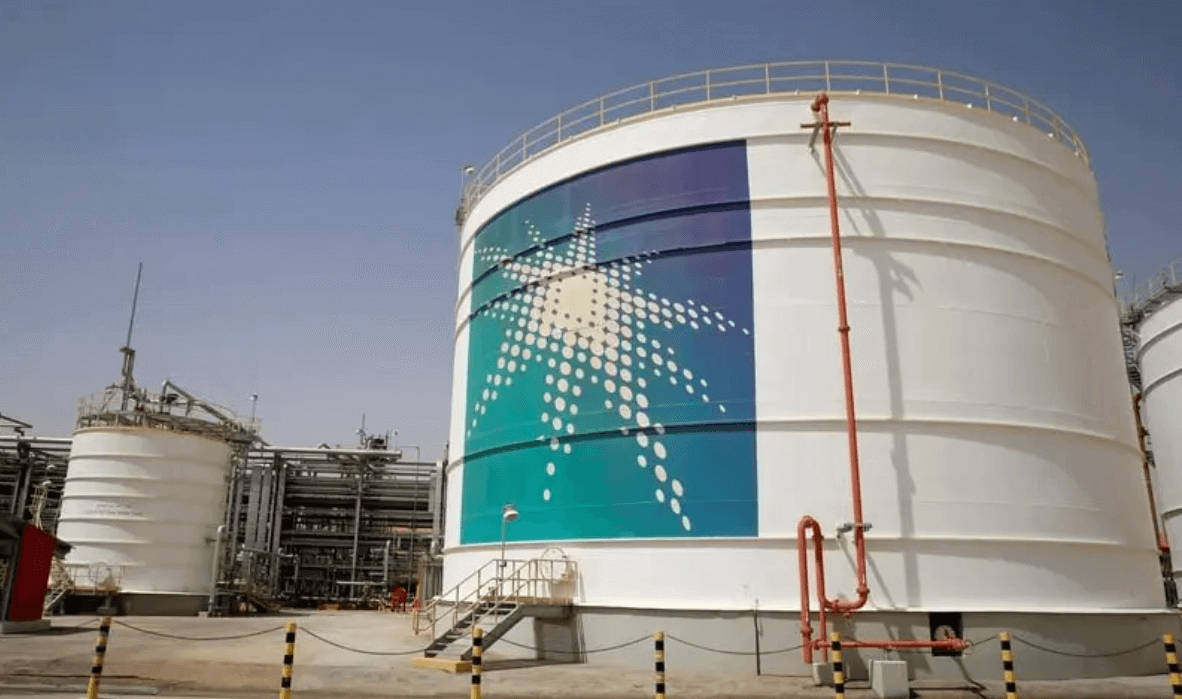

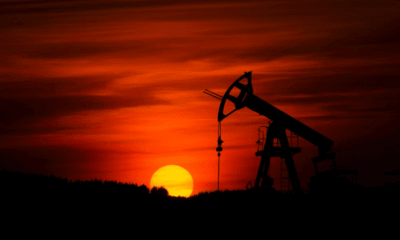



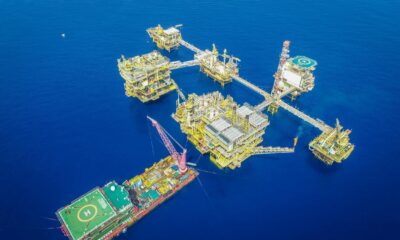




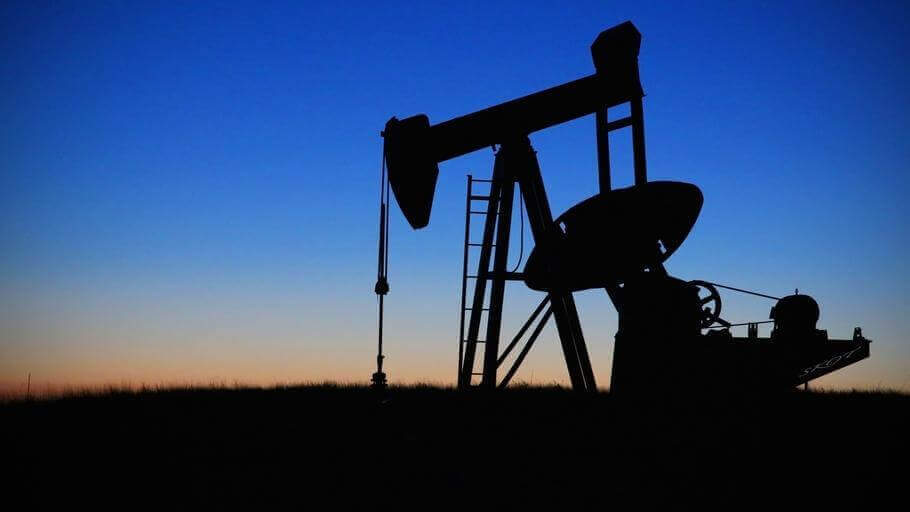
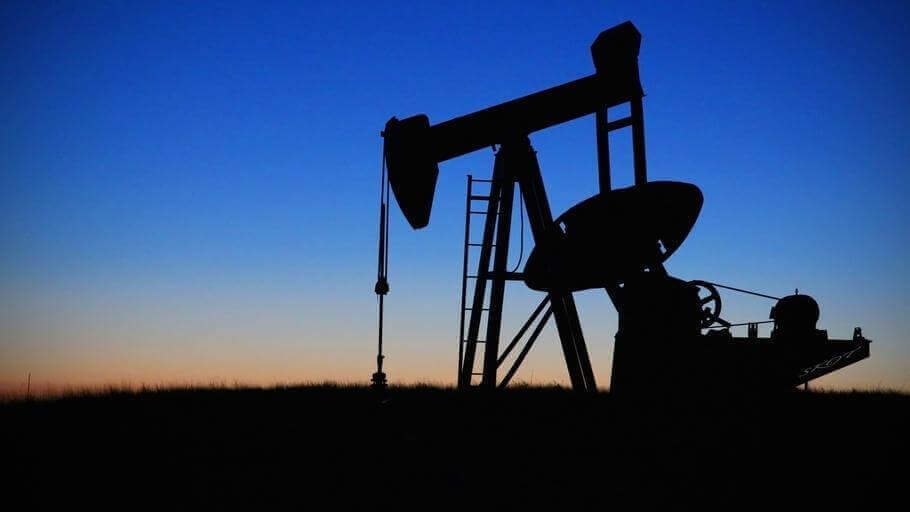
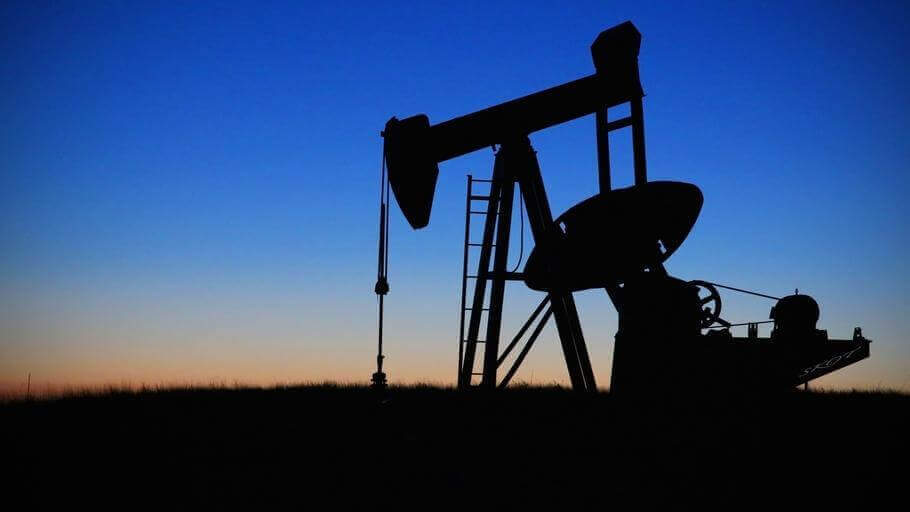





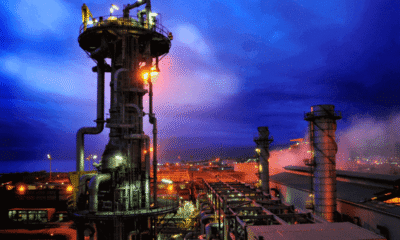

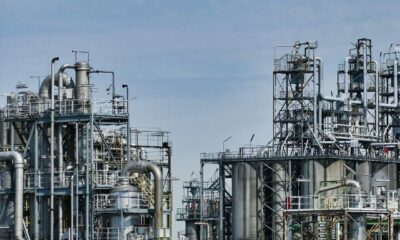



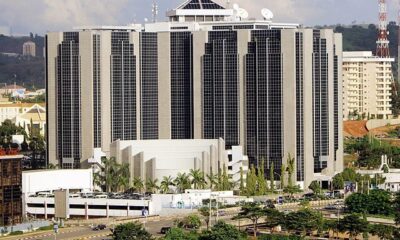

Pingback: Saudi Aramco Post Dip in Q1-2025 Profit on Weaker Oil Prices - Nigeria Oil Digest